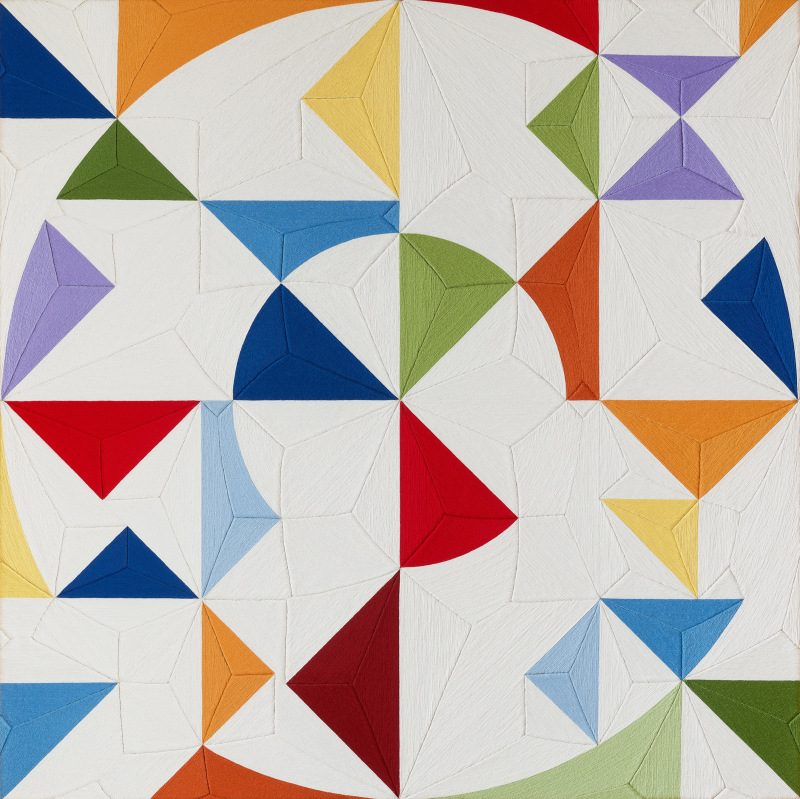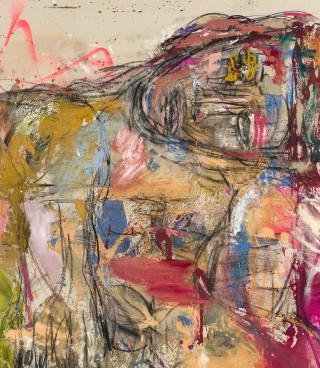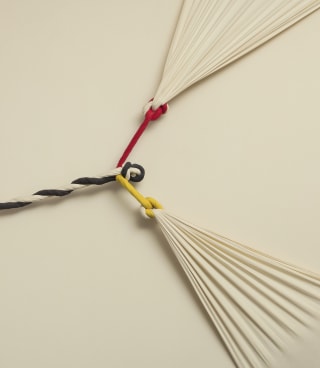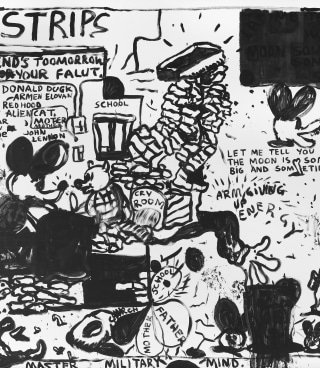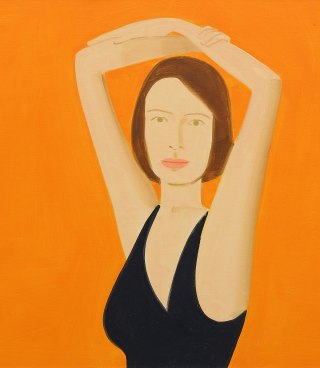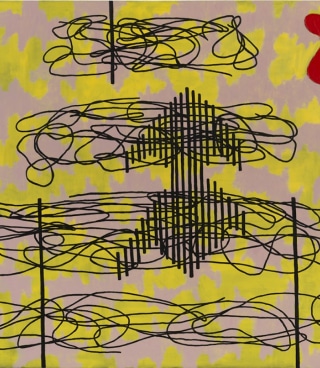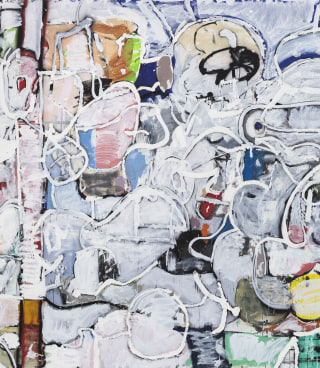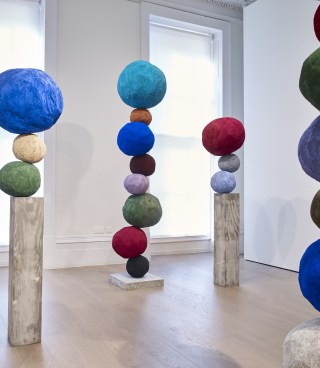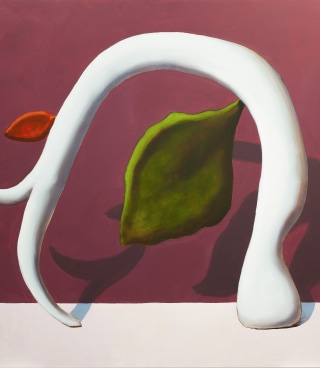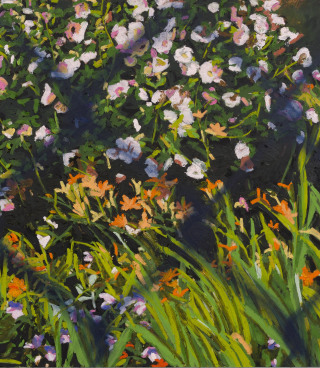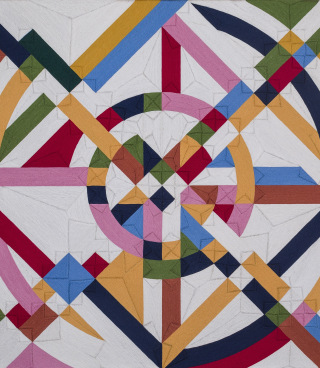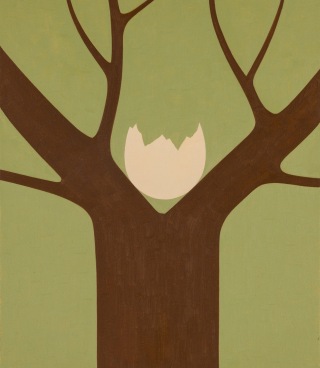Timothy Taylor is pleased to announce its return to ARCOmadrid 2025 with a presentation dedicated to Mexican artist and architect Eduardo Terrazas. Dating from 1974 to the present, the selection of works foregrounds Terrazas’s dynamic intersection of Modernist geometric abstraction and Mexican folk techniques in his nearly six-decade exploration of the infinite. Alongside this focused exhibition will be a group presentation of new and historical works by gallery artists.
In 1973, Terrazas developed his series Possibilities of a Structure, pursuing his interest in nature, the cosmos, and exponential growth. Offering seemingly endless iterations of an arrangement of geometric forms, these works consider perceptions and symbolic representations of cosmic forces and unfathomable realms. In our booth, two vibrant works on paper from 1974 reveal the artist’s work at this early moment in his exploration of the ongoing series. These drawings include elements of the Cartesian coordinate system, circles that represent the Greek celestial dome and planet Earth, and lines that variously embody gravity, electromagnetism, and nuclear forces. A series of works on paper that date from 2015 to 2020 offer a greater view into the sheer diversity of effects the artist has drawn out from his exploration of these fundamental geometries over many decades.
Six recent works feature Terrazas’s signature method, which reconceives a yarn painting technique practised by the indigenous Huichol people of Sierra Madre Occidental in Mexico. The artist presses wool yarn into beeswax that has been layered on wooden boards, creating meticulous designs that have a vivid tactile quality. The yarn takes on a sculptural dimension, engaging light in a way that brings a liveliness to the surface of these kaleidoscopic works.
In 2024, the artist returned to oil on canvas for the first time in more than five decades, since his Zero series of 1969. Three paintings from this remarkable series are on view in our booth; each features a distinct composition based on a simple grid that evokes networks, neighbourhoods, and infrastructure. These paintings suggest, each in their own way, notions of flux, progress, interdependence, and continuity.
In addition, the gallery will feature new and recent paintings, sculptures, and works on paper by gallery artists, many of whom have created works specifically for the fair, including Daniel Crews-Chubb, Armen Eloyan, Alex Katz, Jonathan Lasker, Eddie Martinez, Annie Morris, Michel Pérez Pollo, Paul Anthony Smith, and Alice Tippit. These works will be presented in conversation with an early painting from Jorge Eielson’s iconic Quipus series (1963–2006).
-
To learn about our presentation, please provide your contact information
